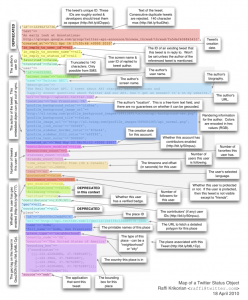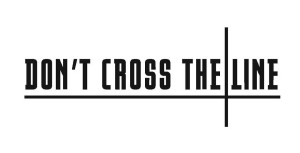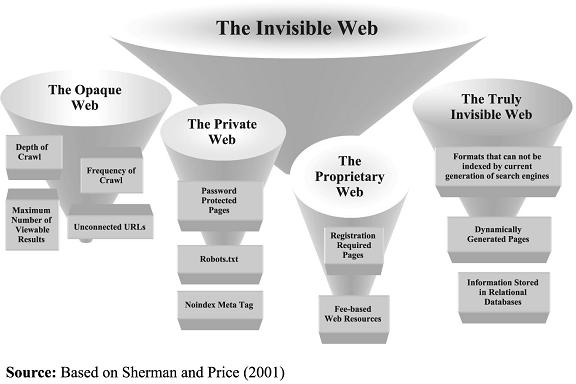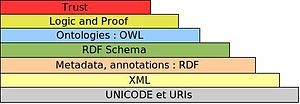Whatever you do may seem insignificant, but it is most important that you do it. - Mahatma Gandhi
Most of the big and successful organizations of today have been humble small start-ups in the past. If we trace the history of any successful organization of today we will find that there has been a person or a group of people who had a vision, mission and a passion to create, innovate and build something and thereby earn the profits and not the other way round.
It all starts with a need, a passion for something or just the desire to do something different and flow with one’s thoughts and reach a destination which even he/she might not be aware of. As along this journey of entrepreneurship the entrepreneur has to face challenges and many ups and downs which may not have a cushion when you fall. One may even have to face the ridicule of people who have secure jobs and even might get the looks of “see I
told you so”… when you falter or fall.
Many businesses fail in the first few years as people create a job for themselves and not businesses which will run on autopilot in the long run. Initially, one may start off doing everything by himself but if you are not moving away from the day to day activities of the business then you have just created a job for yourself and you are not in the process of innovating and creating a business.
Every entrepreneur does not only own a business but promotes capital, creates wealth and generates more jobs which does not only make him wealthy but also contributes to the wealth of the nation.
Well, I do not run avery big business with a big list of employees but yes I think I do contributein a small subtle way.I run a web solutions company as a solo entrepreneur and try to do all the technical work, blog writing and communicate and coordinate with the clients also myself . Yes, in a way you can say I have created a job for myself which gives me the job satisfaction with the ease of flexible timings and the option to innovate and take my own decisions. As my main focus is on SEO services I thank Google for being so popular as a search engine that I even manage to make a decent profit along with a lot of time spent creatively.
I think every SEO operating from any part of the world is contributing to the larger picture by helping their clients get a local and a global reach. SEO is not only about inbound visitors to your site.Apart from reaching out to the globe , every true SEO helps the client’s business get a search presence that helps in establishing its brand and identity on the web which
in the long run establishes its reputation.
It gives me immense satisfaction and pleasure when a
WebPro Technologies client tells me that we have got such a good response from the SEO Services that we have decided to have a complete team dedicated to keep upgrading the site qualitatively and focus on social media. (More jobs generated – Thanks to Google and the WWW). Or the other day when one of our clients from
the education field told me - our online classrooms for Maths, Science and English are doing so well that we have decided to focus only on online teaching rather than real time classes that we were running.(The business gets a global reach along with a local reach and identity)
We also conduct SEO Training and when a person who did not know what to do after his graduation as he had barely managed to pass his degree in Arts comes after 3 years and tells me that after the SEO training he had attended at WebPro Technologies he had got a good job with a decent salary and now after 3 years has started his own company for web solutions.
The WWW has opened up new vistas for learning and earning and at the same time also offers a good platform for women who are well educated and want to work from home or work within their own framework of limited targets so that they can do full justice to their homes, family and
also at the same time not give their careers entirely.
Today women can work from home as content writers,web designers, programmers, SEOs, social media executives, etc. Due to some reason or the other, women do have to give their careers a back seat at some point of time in their lives but I think they should not totally give up as you never know the humble beginnings and the baby steps taken, might in future result to
some business giant in the making or at least will keep the creative side of your personality burning bright.
Whatever you do may seem insignificant, but it is most important that you do it. - Mahatma Gandhi
Photo credit: http://www.dlcounseling.com/images/dlc-photo-bookcover.jpg















